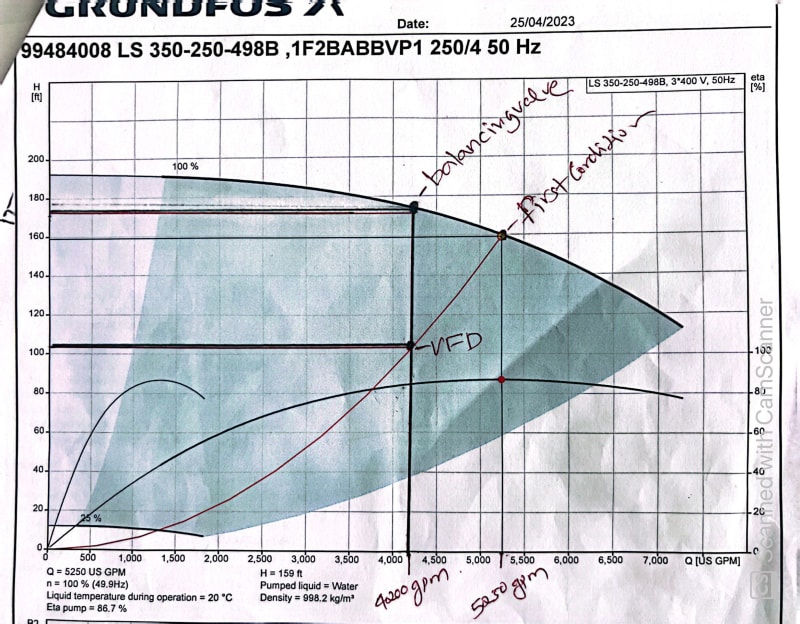By restricting the fluid going to, or attempting to exit, the pump, ie. with a valve or by other means.
With no change in any of the variables you mention, there would be no change in flow. If you change the flow in the suction or discharge lines, by closing a valve, or reducing pump speed, or whatever, then you would obviously get a change in pump flow and the knock on effect is a change in the differential pressure it produces. Likewise, a change in pressure, by opening/closing a valve or whatever also has knock on effect on flow. I say knock on effect to emphasise the different result, however the change happens simultaneously, not as a true knock on effect would, one after the other. Pressure and flow always vary together and cannot be separated into one causing the other, although the results are often thought of in that manner. Pressure and flow variations happen simultaneously over any given time step. Hope that isn't confusing the issue, if it is, think about that later.
The pump's curve describes the pump's ability to share its total input power between output of flow verses pressure. For a fluid with unit density, 1/(flown) x head = power. n varies with the flow rate of fluid allowed to pass through the pump. n is related to friction and the pump's efficiency. Thus if flow is low, pressure differential will be large. If flow is high, pressure differential will be low.
A change in any one, or more, of the mentioned variables will cause changes in others such that the pump curve always describes the resulting share of the pump's input power going towards producing both flow or head. The more power going to producing differential head, there is less power available to produce flow. The more power going to producing flow, there is less power available to produce differential head.
--Einstein gave the same test to students every year. When asked why he would do something like that, "Because the answers had changed."

